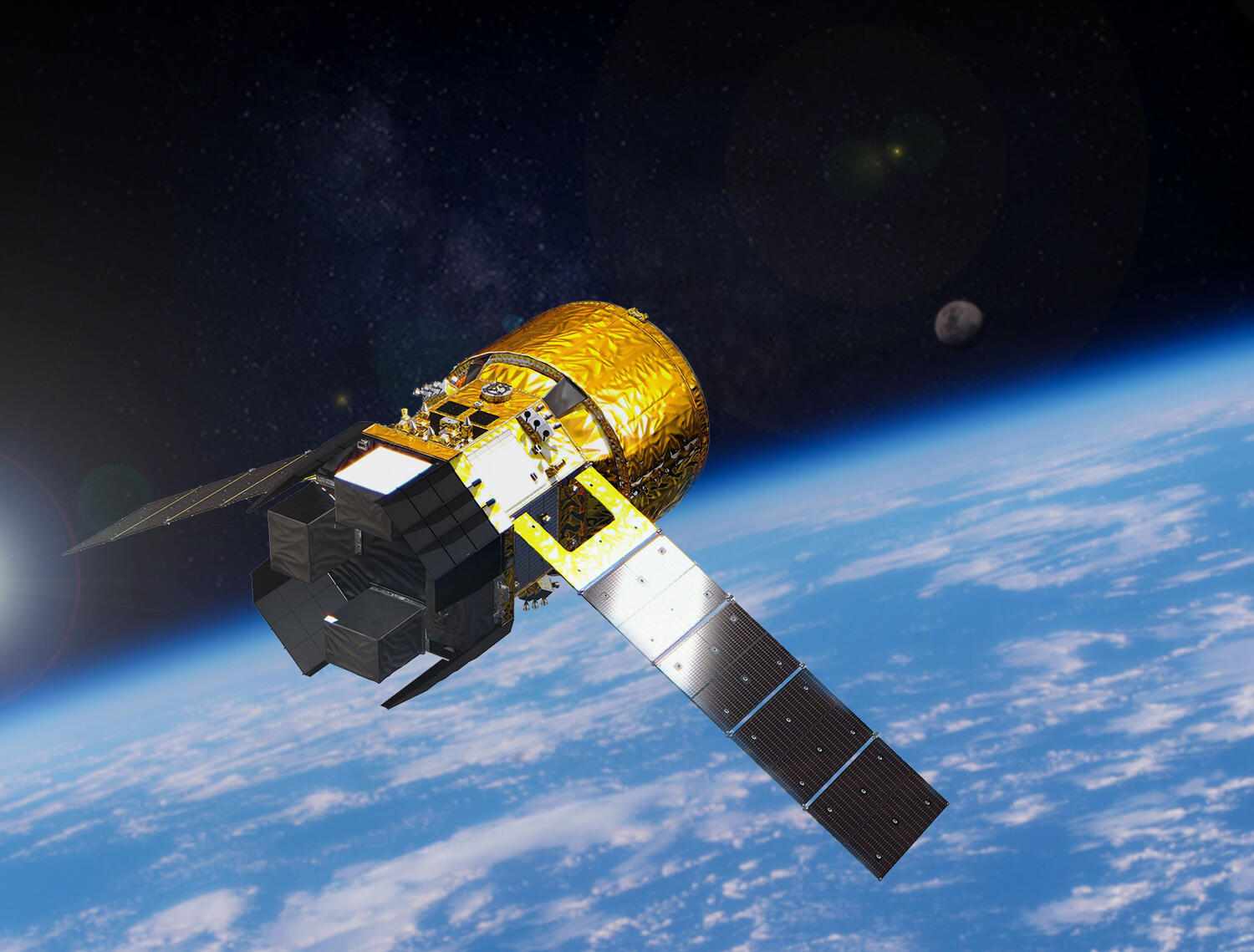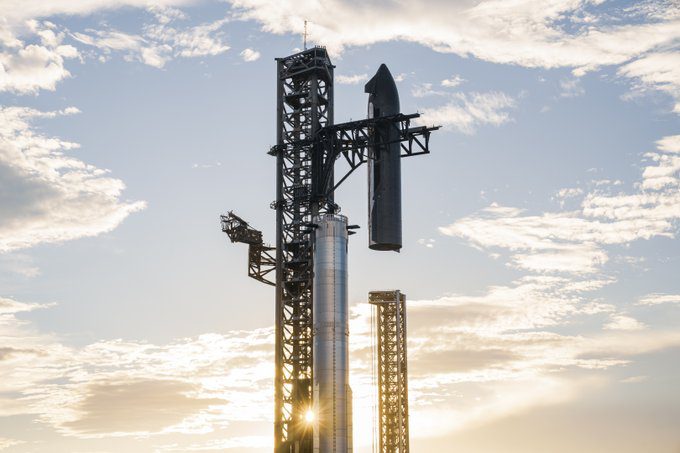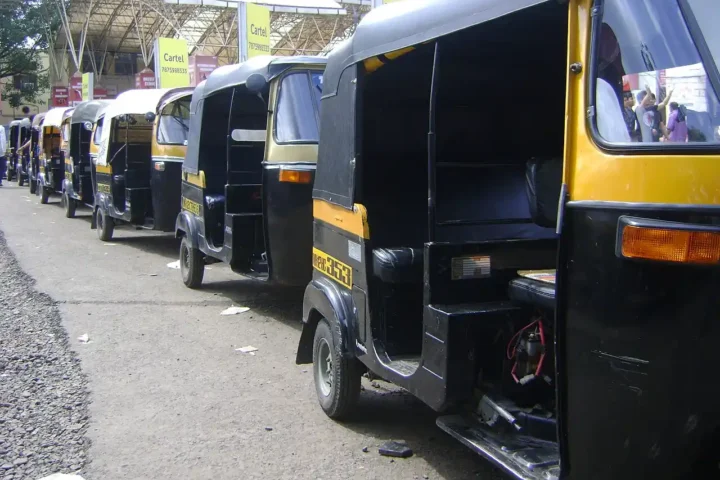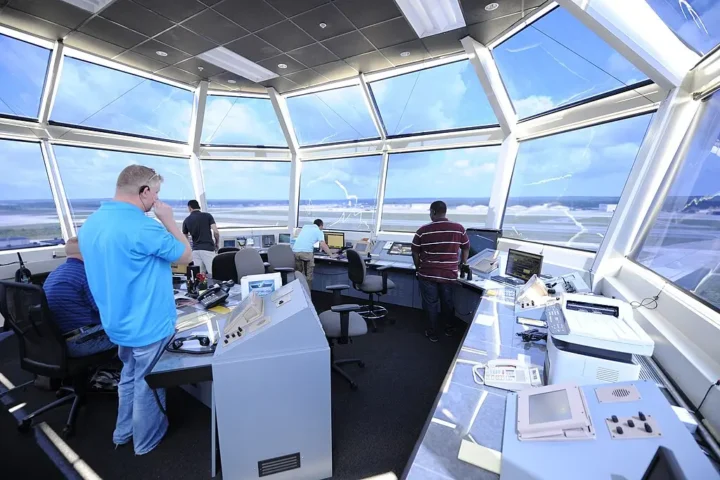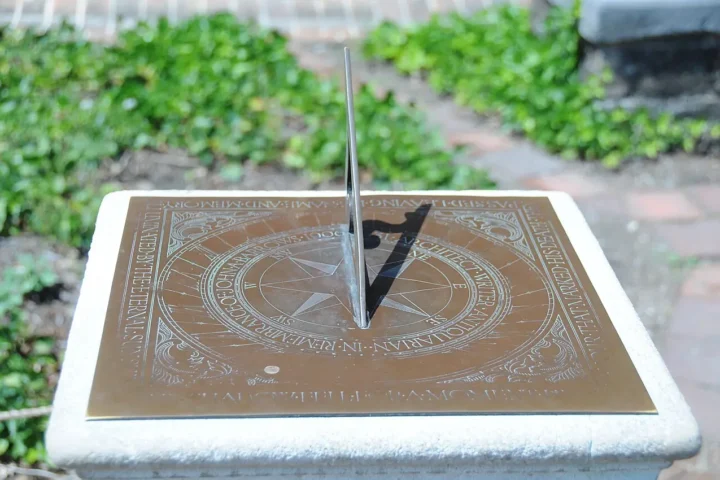Japan will launch its new unmanned cargo spacecraft to the International Space Station (ISS) on October 21, 2025. The Japan Aerospace Exploration Agency (JAXA) has set the liftoff time for 10:58 a.m. local time from Tanegashima Space Center in southern Japan.
The spacecraft, called HTV-X, replaces Japan’s previous cargo ship Kounotori (meaning “white stork”), which finished its service in 2020 after nine successful missions. Japan’s H3 rocket will carry the HTV-X to space, using four booster rockets for extra power – twice the number used in earlier H3 launches.
The HTV-X is about 8 meters long, roughly the size of a small bus, and can deliver about 5.8 tons of supplies to the space station. This is a major improvement over the 4 tons that Kounotori could carry, giving astronauts more food, equipment, and science experiments on each trip.
One big advantage of the new spacecraft is its improved loading time. “The HTV-X’s pressurized module will allow cargo to be loaded up to 24 hours prior to launch, a significant reduction from the 80 hours needed for Kounotori,” said JAXA team member Risa Kaide. This means fresh science samples and refrigerated items can be loaded much closer to launch time.
Built through a partnership between Mitsubishi Heavy Industries and Mitsubishi Electric, the spacecraft has two main sections. The pressurized section, where air pressure matches what we feel on Earth, can carry 4,070 kg of supplies that astronauts can access in their shirt sleeves. The unpressurized section holds 1,750 kg of equipment that will be used outside the space station.
Similar Posts
The HTV-X can also stay much longer in space than its predecessor. While Kounotori typically remained attached to the ISS for about a month, the new spacecraft can stay docked for up to six months. After it finishes delivering supplies, it can operate on its own for up to 18 months to test new space technologies.
For this first mission, named HTV-X1, the spacecraft will carry several technology demonstration packages alongside regular supplies. These include a new lightweight antenna system, equipment for satellite laser ranging, and a mechanism to release a small satellite after leaving the ISS.
The HTV-X joins other cargo ships that service the space station, including vehicles from SpaceX, Northrop Grumman, and Russia. Japan’s contribution is especially valuable because the HTV-X can transport large experiment racks that other cargo ships cannot accommodate.
JAXA is already looking at how the HTV-X design might support future moon missions as part of the international Artemis program. This could include delivering supplies to the planned lunar Gateway station.
As October approaches, final preparations continue at the launch site, with JAXA noting that the exact launch timing might be adjusted based on the space station’s orbit on launch day.
